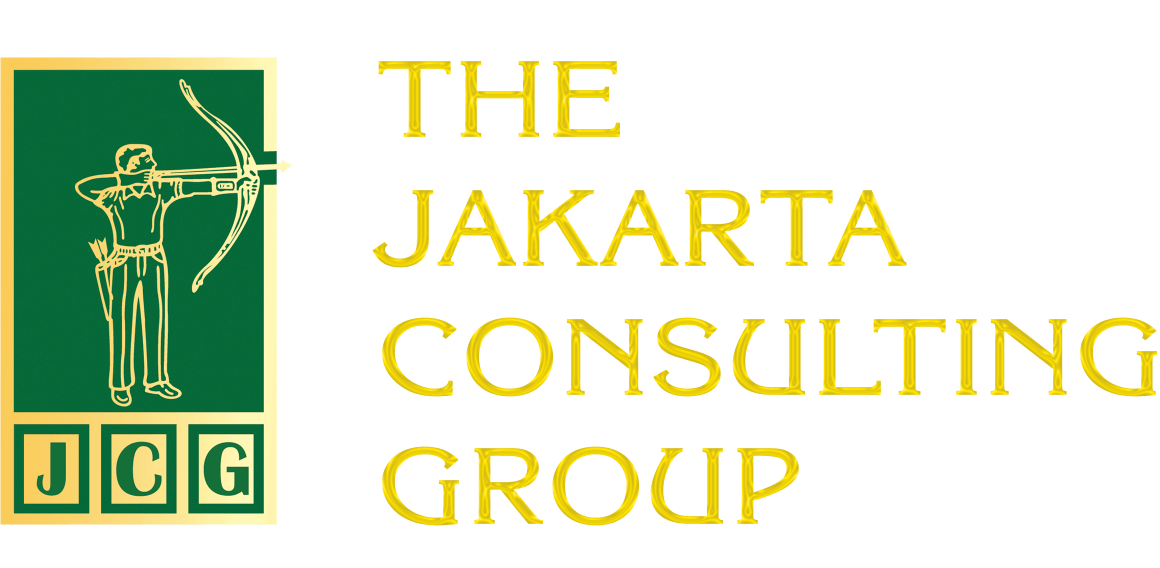In a world of social media status posts, encouraging quotes, and company values posters adorning office walls, it can be tempting to think that “employee engagement” has become commonplace. Leaders often talk about this. “We want to build a culture of excellence,” they claim. But in fact, there is a growing gap between leaders’ rhetoric about engagement and their actual actions. The difference between engagement as a buzzword and authentic engagement reflects a serious leadership failure – and the ability to overcome this can determine the future of a team, division, or even a company.
Take a look at any company strategy meeting or leadership retreat, and you’ll almost certainly hear the same tired jargon. For example, “Let’s make room for employees to grow and show their best potential.” “We encourage everyone to take ownership and responsibility for their work.” “For us, making employees feel at home and involved is the main thing.”
These words aren’t wrong, they’re even good. The problem is, they are often just slogans – sounding evocative, but not followed by real action. They turn into mere buzzwords: catchy to the ear, but hollow in execution.
Gallup’s 2023 survey revealed a glaring irony: while 85 percent of executives claim employee engagement as a “top priority,” only 21 percent of employees worldwide actually feel engaged at work. This wide gap proves that many leaders are only good at talking about engagement, without actually making it happen.
Engagement is Only on the Surface
Employee engagement is often only visible on the surface, but doesn’t make a significant impact. This is reflected in practices such as inspirational slogans that are not backed up by real systems; never followed up on employee feedback; employee satisfaction surveys whose results are just archived without any real action; reward programs that are only given to a handful of familiar names; and “open door” policies that are just a formality, without employee complaints actually being heard.

This kind of engagement focuses only on image, not on meaningful results. Leaders stuck in this leadership model are more concerned with appearing to care than creating a work environment where employees truly feel seen, heard and empowered.
Why do leaders get caught up in pseudo-engagement? The reasons range from fear of losing control, pressure to make the leader and the company look like they are moving in the direction of progress; leaders who are simply not capable; and disconnection from day-to-day realities that make policies irrelevant.
WeWork and its Buzzword Leadership
The case of WeWork can serve as an example of how companies are only busy with buzzwords, but lacking in real engagement. WeWork is a provider of co-working spaces, including physical and virtual shared spaces, in around 600 buildings across 125 cities. The company is headquartered in New York, USA.
At the height of its success, WeWork was seen as a company that changed everything. Not just in the office space business, but also in work culture. Adam Neumann, the CEO at the time, often spoke of grand visions such as ‘raising awareness of the world’, ‘building community’, and ‘encouraging people to reach their full potential’. WeWork’s internal culture was full of words like purpose, passion, culture, and meaning-all of which became the go-to jargon for building engagement.
However, behind the pretty words lies a leadership culture that is increasingly criticized for several reasons: a lack of transparency in terms of the company’s financial condition and strategic decision-making; excessive dominance from the leadership, despite frequent talk of empowerment and team independence; a lack of listening culture, employees feel they are in a hierarchical environment that does not accept dissent, and executives enjoy lavish benefits, while staff work under high pressure.
In 2019, WeWork’s failed IPO and subsequent internal turmoil proved that the promises of engagement were mere rhetoric. Employee trust plummeted, there was high executive turnover, and culture survey results showed a high level of disillusionment.
The WeWork story provides an important lesson: Beautiful language without strong leadership will crumble when put to the test. Engagement is not just about being visionary, it’s about acting responsibly.
Authentic Leadership: Leading with a Different Courage

True leadership is not about image or empty jargon. It comes with poise, consistency, and a deep human touch. Its essence is simple: engagement is not a program, but a relationship. You don’t engage people with formal policies, but by building trust, sharing common goals, and creating space for meaningful contributions.
What are the characteristics of a leader with real engagement?
- Act, not just listen. Real leaders don’t just gather feedback-they act on it. When teams complain of burnout, their response isn’t just, “We’re listening,” it’s action: reducing unnecessary meetings, streamlining processes, or reorganizing workloads.
- Be honest and transparent. In the midst of raging challenges, a truly engaged leader acknowledges uncertainties, then engages the team in finding solutions together. So, it’s not just words of encouragement.
- Strive to align work with each individual’s personal values. They remind everyone that their contribution matters-beyond just targets or key performance indicators (KPIs).
- Safe space to grow. Employees should be assured that they are free to express their opinions without fear of retaliation.
This kind of leadership does not require a spotlight, but the courage to be consistent-in actions, not just words.
One of the most frequently cited examples of leadership in terms of real engagement is Barry-Wehmiller, a manufacturing company led by Bob Chapman. In his book, Everybody Matters, Chapman explains how they transformed their business not through technical transformation, but by transforming the way they led.
Employees were treated as “someone’s favorite child”, and leadership development focused less on management and more on building relationships, listening, and serving. This results in consistently high engagement, retention and performance – all without the burden of excessive corporate buzzwords.
#buzzword #realengagement #leadership #employeeengagement #culture #slogan #employee satisfactionsurvey #WeWork #AdamNeumann #authenticleadership #Barry-Wehmiller #BobChapman
Related Posts:
The Rise of Fractional Leadership: Executives Who Work Part-Time for Multiple Organizations
Micromanaging vs Empowering: Leadership Styles that Transform Engagement into Empowerment
The Need for Charismatic Leadership in Business Transformation?
How to Quickly Improve Successor Competence Through Effective On-the-Job Training
Effective Leadership Amidst the Storm: Strategies for Surviving in an Era of Global Uncertainty










